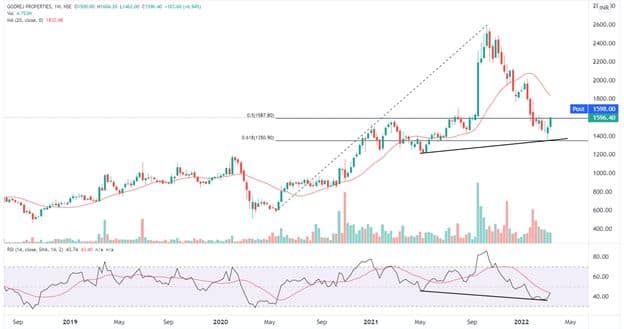
Shubham Agarwal
Equity markets do have a tendency to get stuck into a range for some time. Current times can easily be related. In such times, a lot of directional traders take a break since big moves become a bit difficult to spot, as they are very few in range-bound markets.
However, for some reasons, this kind of market condition has always worked the best for me. I started facing it on a prolonged period after the crash in 2008 over a decade ago. The market went into a range-bound movement for over a year. Learning from that period is still very much applicable.
First, let us try to figure out how to detect a range-bound market. If you have the following three characteristics visible in the equity market, you can label it reasonably as range-bound.
1. The Highs and Lows made a few weeks back have not been broken (and sustained)
2. Open Interest in Nifty Calls and Puts is almost equal (Publicly available information on NSE website)
3. India VIX has dropped down in last few weeks
As soon as it is established, we can treat and trade such market conditions like a range-bound market.
Trading Technique #1
Put a Butterfly in place in Nifty
Creating this strategy is simple. Sell Both Call and Put of a strike closest to CMP of the index. Being index, it is likely to be less volatile and liquidity is enough as well. However, since selling options do have an unknown risk profile, we will add a couple of more options to this.
I have always and would recommend buying Protection. Along with the Sell Options, Buy a Higher Strike Call Option and Lower Strike Put Option. Easy way to choose the strike is the difference between both the Buy strikes could be equal to the total premium received by selling options.
Example:
Nifty @ 1000
Sell 1000 Call @ 50
Sell 1000 Put @ 50
Total Premium received 100
Buy 1100 Call & Buy 900 Put for Protection.
The Max Profit would be net premium received and Max Loss would be Difference between Buy strike & Sell Strike minus Net Premium received. It’s always better to get this economics rightly set before entering the trade.
Trading Technique #2
As far as individual stocks are concerned, we can resort to options there as well. However, we need to keep in mind that there will be lack of big moves, so adjust the trades accordingly. Also, the care must be taken for that fact that stocks and indices could keep moving down from the upper end of the range and moving up from the lower end.
To handle this,
1. While trading stock option we could keep our price target and stop losses smaller.
2. Take trades in single Options (Buy Call/Put) for 1 -2 days
3. When we are close to recent high have a mix of Buy Call & Buy Put (Bullish & Bearish) trades
Range bound market has an attractive characteristic of not having to commit to the trade for a longer period. History says that many, small trades do improve probability of profit. So, range bound markets are also equally profitable, if traded effectively using Options.
Disclaimer: The views and investment tips expressed by investment experts on Moneycontrol.com are their own and not those of the website or its management. Moneycontrol.com advises users to check with certified experts before taking any investment decisions.
Download your money calendar for 2022-23 here and keep your dates with your moneybox, investments, taxes

